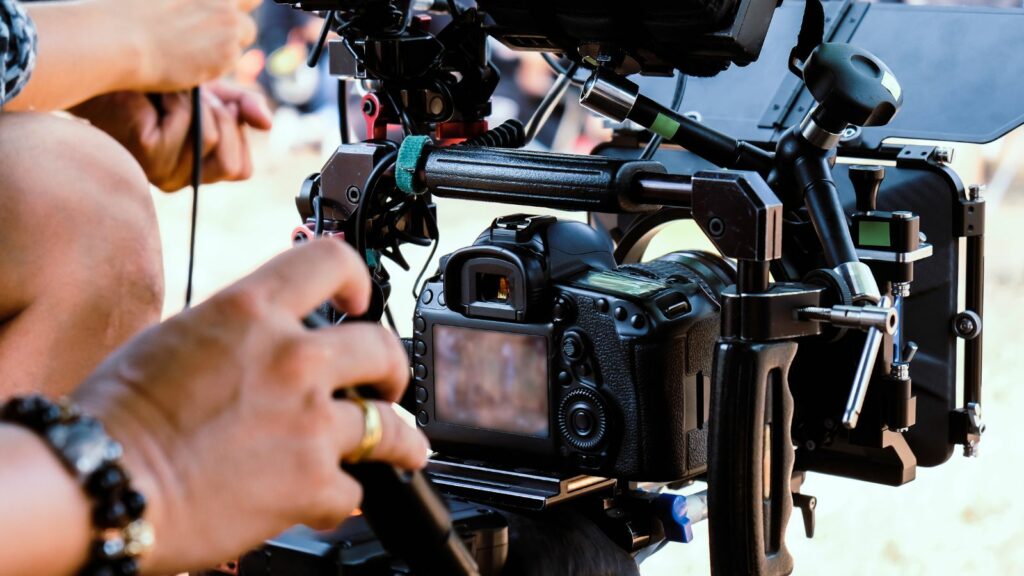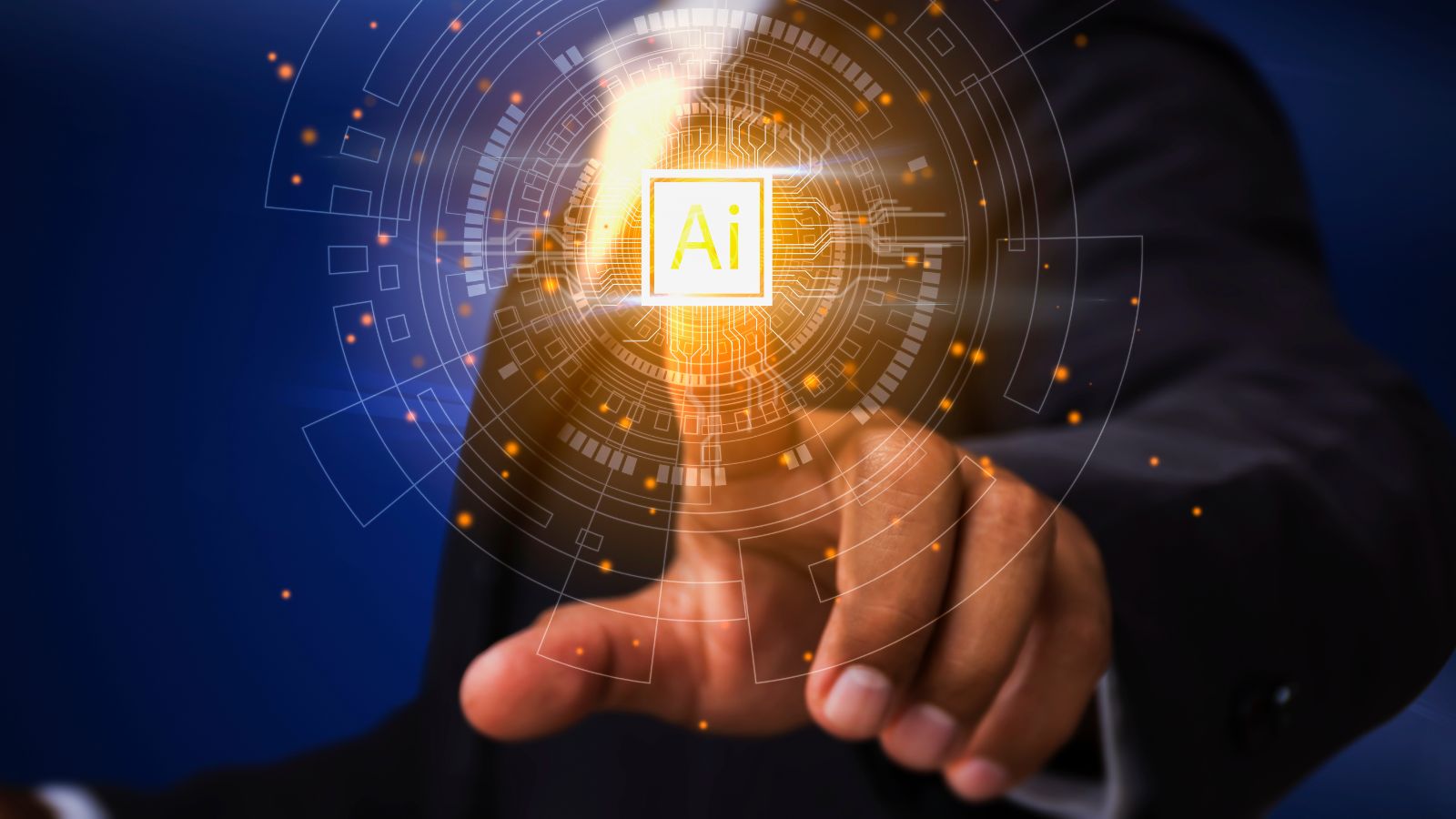Artificial Intelligence is revolutionizing creative industries in ways that were once unimaginable. Among the most profound transformations are those occurring in the film and gaming sectors, where AI-generated visuals are altering the very foundations of storytelling, production, and audience engagement. As machine learning models grow more sophisticated, they are opening doors to visual experiences that blend creativity and technology like never before.
A New Age Of Creativity In Filmmaking
The traditional filmmaking process has always been resource-intensive. From scriptwriting and casting to filming and post-production, each step demands significant time, manpower, and funding. AI is now helping filmmakers streamline these processes, bringing efficiency while amplifying creative possibilities.
One of the most notable uses of AI in film is in pre-visualization and concept design. Directors and producers can now use AI tools to generate storyboards, character designs, and setting concepts automatically. These tools not only save time but also allow for more rapid prototyping and iteration. Creative teams can instantly see what different artistic styles or cinematographic choices might look like before ever stepping on a set.
Moreover, AI-driven editing tools are being used to speed up post-production. Video editing software can analyze hours of raw footage, recognize faces, match colors, and even suggest cuts that maintain narrative pacing and tone. Some platforms can also clean up audio, sync tracks, and enhance visual effects autonomously, helping editors focus on the creative rather than the mechanical.

The Evolution Of Visual Storytelling
One of the most exciting ways AI is reshaping cinema is through the development of synthetic actors and scenes. Instead of hiring background actors or shooting on expensive locations, filmmakers can generate realistic human faces and environments that blend seamlessly into live-action footage. These AI-crafted elements are often indistinguishable from the real thing, and they give storytellers newfound freedom to create without boundaries.
Another groundbreaking application is the use of deepfake technology and generative models to de-age actors, replicate deceased performers, or create entirely new characters. This has sparked both excitement and ethical debates about the implications of synthetic performances. Still, when used responsibly, such tools offer filmmakers a way to explore narratives that would otherwise be impossible.
In animation, AI algorithms are now capable of generating entire scenes based on scripts or voiceovers. This automation accelerates production while maintaining visual quality, especially in early drafts. These capabilities are particularly valuable for indie creators who may not have access to big studio budgets.
Interactive Worlds Reimagined
The gaming industry, long known for pushing the limits of interactive media, is also embracing AI as a core creative force. Game design has traditionally relied on large development teams to craft every texture, sound, and character behavior manually. AI is now augmenting these efforts by generating assets, predicting player behavior, and building more intelligent non-playable characters (NPCs).
Procedural generation, powered by machine learning, enables developers to create vast, diverse game worlds with minimal manual effort. AI can generate terrain, cities, weather systems, and even entire ecosystems that adapt and evolve based on player actions. This means no two gaming experiences need to be the same.
Even more compelling is the evolution of narrative AI. By using natural language processing, games can now include dynamic storylines that respond to a player’s choices in real time. Characters can remember past interactions, adapt their personalities, and create emotionally resonant experiences without relying solely on pre-written dialogue trees.
Enhancing Player Immersion
Visual realism is a cornerstone of modern gaming, and AI is rapidly advancing how realistic and immersive these worlds can become. Real-time rendering powered by neural networks now allows for ultra-detailed environments, realistic lighting, and lifelike facial animations, all while maintaining smooth gameplay performance.
What was once achievable only in pre-rendered cutscenes is now possible in real time. AI-enhanced upscaling techniques, such as DLSS (Deep Learning Super Sampling), allow gamers to experience higher resolutions without sacrificing frame rates. This translates to a more engaging, cinematic experience that deepens immersion and heightens emotional investment.
AI is also refining motion capture and animation. Instead of relying solely on expensive equipment and physical actors, machine learning can fill in gaps, enhance expressions, and adjust character movements to feel more organic and responsive. This dynamic realism plays a significant role in making characters believable and relatable.
Ai And The Democratization Of Content Creation
One of the most transformative aspects of AI in film and gaming is its role in democratizing creativity. With accessible AI tools, independent filmmakers and solo game developers now have access to capabilities that were previously reserved for large studios. Tools like generative design platforms, text-to-image synthesis, and real-time animation engines are lowering barriers to entry and empowering more voices to participate in storytelling.
For instance, artists can use AI generated images to conceptualize entire scenes, characters, or props based on just a few words of input. This opens new doors for experimentation and innovation, especially for those without formal artistic training.
Similarly, small gaming studios can build richly detailed environments and characters without massive teams. Procedural generation and asset creation tools allow these developers to compete with AAA studios in terms of visual fidelity and content depth, fostering a more diverse and competitive creative ecosystem.

The Role Of Ai In Video Production And Marketing
Beyond content creation, AI is also influencing how films and games are marketed and consumed. Trailers, teasers, and promotional content can now be generated using intelligent editing systems that identify key narrative moments and emotional beats. These tools can automatically select clips, add music, and adjust pacing to appeal to specific demographics.
Platforms that use AI generated video are gaining traction, especially in promotional campaigns and social media snippets. These systems are capable of producing professional-looking trailers and short-form content tailored to various platforms, which helps creators and marketers distribute more content in less time.
Additionally, AI-powered analytics tools are transforming audience engagement. By studying viewer reactions, playtime, and preferences, content creators can better understand what resonates and make informed decisions about future projects. In this way, AI becomes both a creative partner and a strategic advisor.
Looking Ahead
The convergence of AI with film and gaming isn’t just a technological upgrade—it’s a cultural shift. As artificial intelligence continues to evolve, its influence will stretch beyond production pipelines to redefine how we imagine, create, and experience stories. From interactive narratives that adapt to our decisions to synthetic actors who never age, the future promises a media landscape where imagination is the only limit.
This isn’t to say AI will replace human creativity. Rather, it amplifies it, offering tools that empower creators to dream bigger and reach wider audiences. With the right balance of innovation and ethical consideration, AI will continue to be a powerful ally in crafting the next generation of cinematic and gaming masterpieces.
Let me know if you’d like this formatted for publishing (e.g., with metadata, HTML structure, or CMS compatibility), or if you want a shortened version for social or promotional use.

